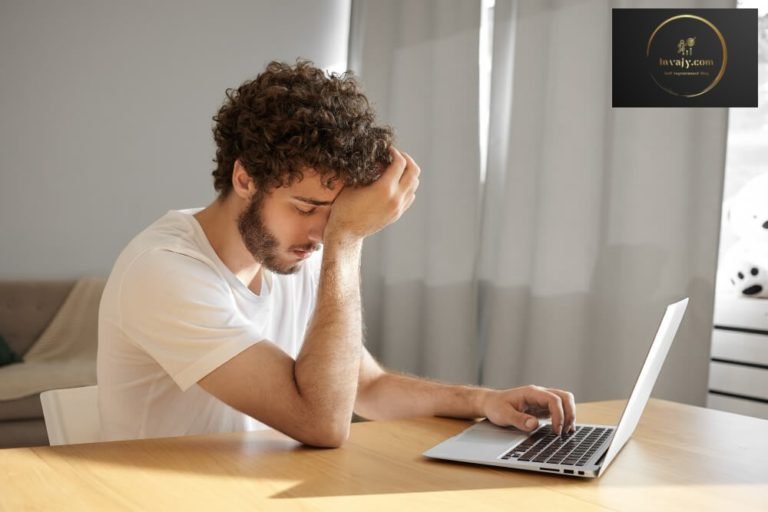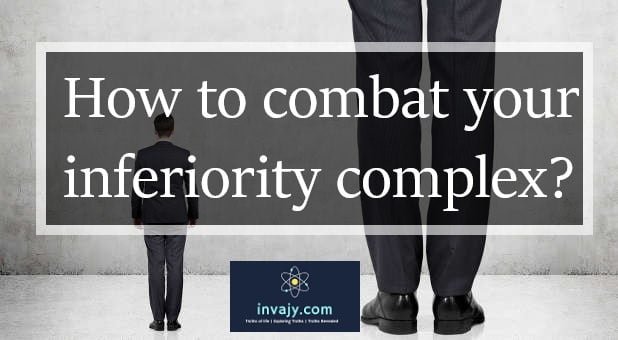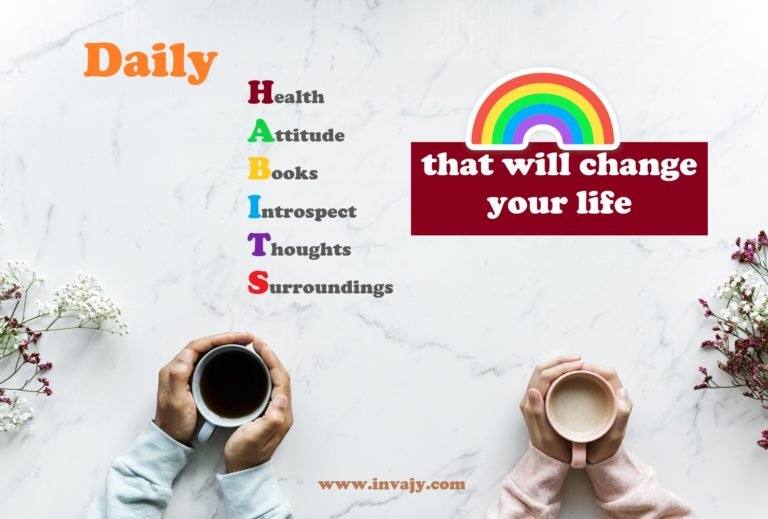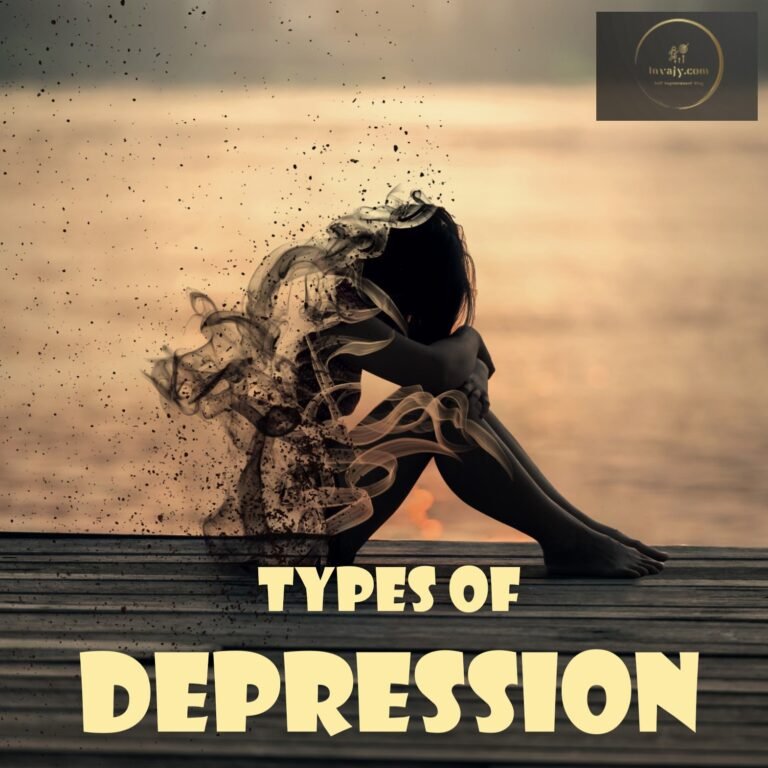How to Manage Anxiety by Practicing Mindfulness?
Manage anxiety effectively by practicing mindfulness. Learn techniques to stay present, reduce stress, and cultivate calm, helping you navigate anxious moments with greater ease and resilience.
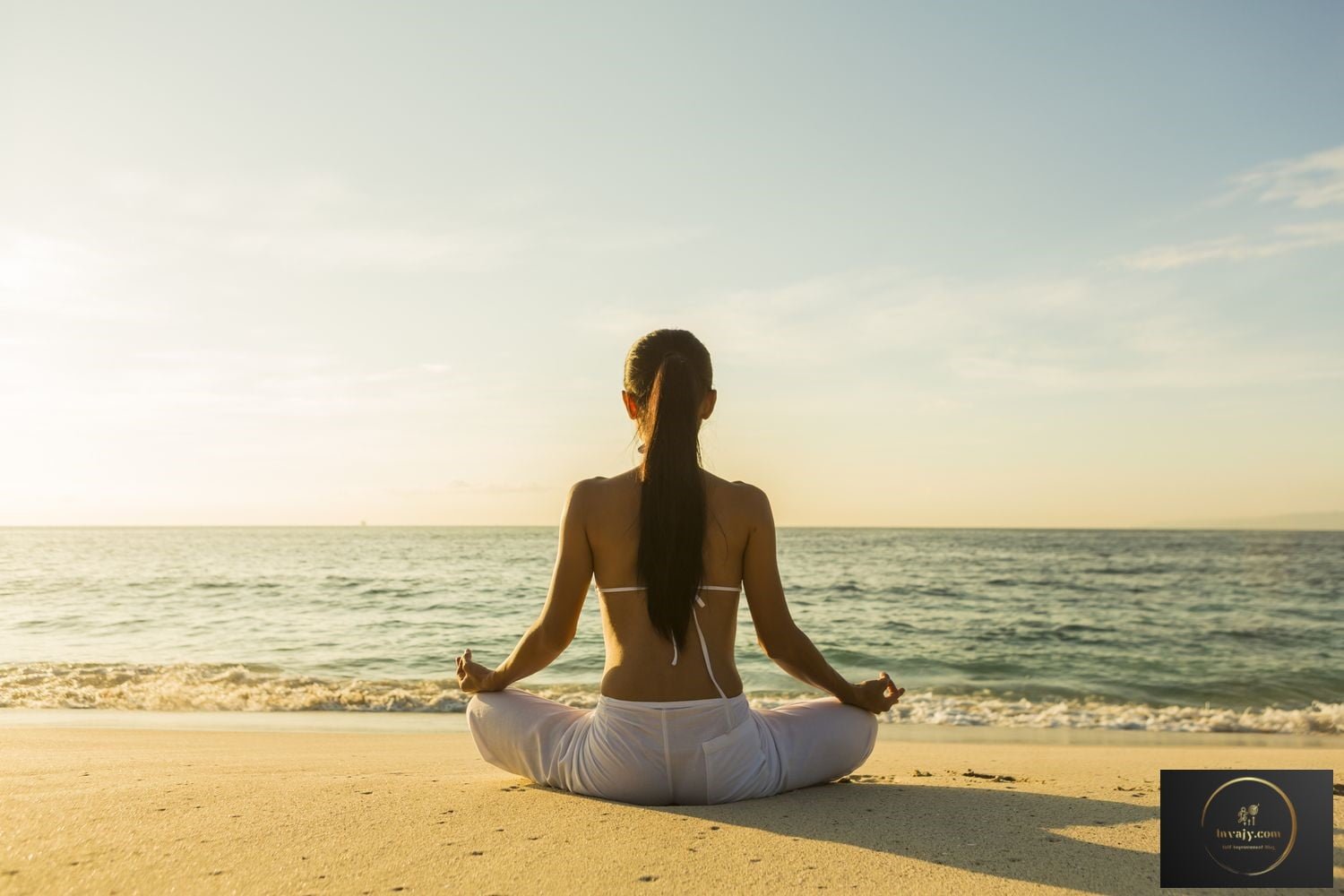
Anxiety and unproductive worries affect all of us, especially during tough times and under pressure situations. It’s one of the most common mental health issues worldwide. In fact globally, between 6-18% people of people experience anxiety. So, know you’re not alone. Anxiety is neither right, or not wrong. Anxious feels are just a part of the human experience. It’s a normal emotion that causes increased alertness, fear, and physical signs, such as a rapid heart rate. Healthy anxiety calls us into action to be safe, to take care of the people that we love and to arrive at the present moment experience with resilience. Learning to understand and mindfully observe our anxious feelings can help to improve our quality of life. In this article you will learn how to manage anxiety by practicing mindfulness.
How to Manage Anxiety?
There are many strategies to manage anxiety. At initial stages, I recommend developing self-care practices. Elements of that could include journaling, exercise, yoga, meditation and prayer. Another way to cope with anxiety is to practice mindfulness.
Manage Anxiety by Practicing Mindfulness
Mindfulness is about paying attention on purpose of the present moment. And I believe mindfulness is extremely powerful tool we can use right now. Mindfulness is both a tool like a formal meditation practice and it can be also be a state of consciousness, which is an informal way to practice mindfulness.
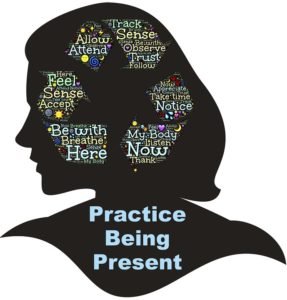
And the common misconception is that — you have to isolate yourself, you have to be in a still place, or you have to sit cross legged on the floor with a Gyana Mudra; and that’s not necessarily the case. In reality, the mindfulness is all about paying attention on purpose of the present moment experiences with openness, with curiosity and with willingness to be what’s here now. Here are few mindfulness exercises to manage anxiety:
Emotions Awareness
Rather than denying, invalidating, or pushing aside any anxious feelings, you allow yourself to come face to face with them. Your anxious feelings are given space to breathe so that they can then be released.
“One is a great deal less anxious if one feels perfectly free to be anxious.” ~ Alan Watts
Though awareness about your feelings and emotions, you can train yourself to experience anxious thoughts completely differently. You might think, “I am late for the interview, I might lose my job if I don’t reach there on time, and it will be a disaster!” Mindfulness teaches you to recognize, “Oh, there’s that unproductive thought again. I’ve been here before. But it’s just that—a thought, and not a part of my core self.”
You can then release it and replace it with positive and productive ones. You may think, “I am getting late, instead of going through public transport, I must hire a cab which will ensure, I reach there in time.”
Guided Meditation
To calm the body and mind, you can practice a guided meditation – a practice of relaxed concentration where you follow the instructions (usually accompanied with soothing sounds, like waves or chirping of birds) of a narrator related to breathing and imagery. It’s kind of formal mindfulness practice.
Deep Breathing
You might practice deep breathing three or four times a day. Maybe not the entire meditation but even if you can get in 10 breathes that may be enough to notice a shift in your inner experience.
You can also try box-breathing or square breathing, which is used by US Navy SEALS during stressful conditions.
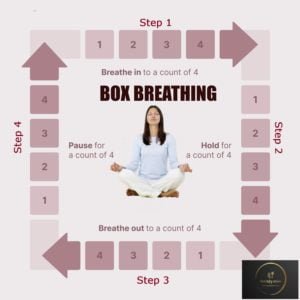
“Feelings come and go like clouds in a windy sky. Conscious breathing is my anchor.” ~ Thich Nhat Hanh
Five Senses Exercise
This five-step exercise can be very helpful during periods of anxiety or panic by helping to ground you in the present when your mind is bouncing around between various anxious thoughts. All that is needed is to notice something you are experiencing with each of the five senses. Follow this order to practice the Five Senses exercise:
- Notice FIVE things that you can see around you. It could be a pen, a spot on the ceiling, or anything in your surroundings.
- Notice FOUR things that you can touch and feel around you. It could be your hair, a pillow, or the ground under your feet.
- Notice THREE sounds you can hear around you. This could be any external sound like — tick of a cloak, chirping of birds or horn of a vehicle.
- Notice TWO things you can smell around you. It could be fragrance of perfume, flowers or soap.
- Notice ONE thing about the food you can taste. It could be aroma of food, texture or flavor.
How Does Mindfulness Work?
A mindful person is reflective rather than reactive to future worries and past rumination. You can observe those negative thoughts coming in and passing through. Look at the non-judgmentally. They are simply thoughts – 99% of those will not see the day of reality. Such negative thoughts are mostly false, irrational, biased or highly exaggerated. Bring yourself to present moment. Focus on what is all you can do at present to overcome that challenge which is creating anxiety.

By focusing your attention on the present moment, mindfulness counteracts rumination and worrying. Worrying about the future (e.g. I might lose my job if I don’t reach there on time) and ruminating about the past (e.g., I should have done this rather than that to not to get late for interview) are generally maladaptive thinking processes. Of course, it is important to learn from our past and plan ahead for the future; however, when we spend too much time outside of the present moment, we can get depressed and anxious. In such cases, mindfulness can be an important tool for helping us to better focus on the present moment. Focus on how to reach there for interview on time.
Wrapping Up!
There are many practices that include mindfulness trainings, such as tai chi, yoga, and Zen. There are many styles for each of these activities, so it is worthwhile to experiment with different practices until you find one that suits you. As you become more mindful, you will also notice that you will become more centered, happier, and less depressed and this in turn has a direct positive effect on your anxiety.
You may not immediately feel a complete release of anxiety after a mindful session. Remember: most of the benefits of mindfulness require consistent practice. While some changes bolster against anxiety even after one single yoga class, most benefits require several weeks, months, and even years to create a noticeable change. And, like any skill, you will need to continue to practice mindfulness after you start to maintain the improvements.
Over to You
I hope, you found this article on “How to manage anxiety by practicing mindfulness” informative. This will help you in managing anxious situations in a better way.
If you liked this article, please share it on your favorite social media portals with your friends and relatives.
Want to read more articles on Anxiety?
Check Out…
- Anxiety Disorder – A Silent Enemy
- Defeat Your Anxiety Disorder in Nine Simple Steps
- How to get over your Phone Anxiety?
- Anxiety Quotes
- Coronavirus anxiety
(Medical Disclaimer: This article is for general information only. It is not intended to be a substitute for professional medical advice, diagnosis or treatment. Before adopting preventive methods/measures/treatment, please seek medical advice.)

